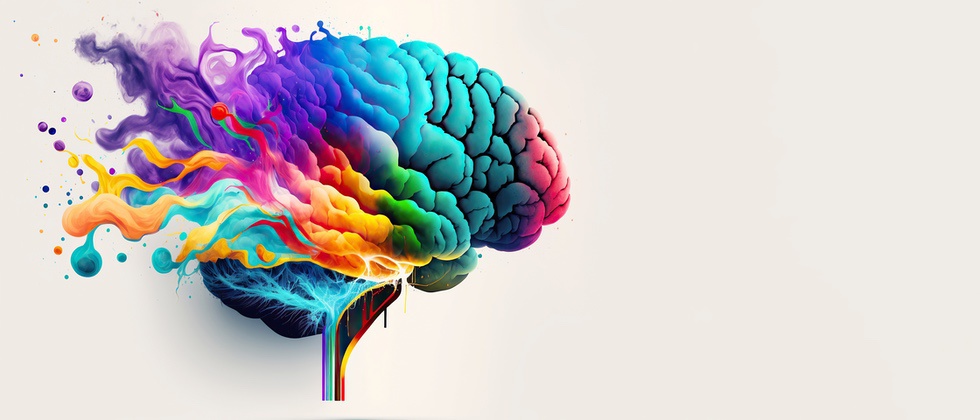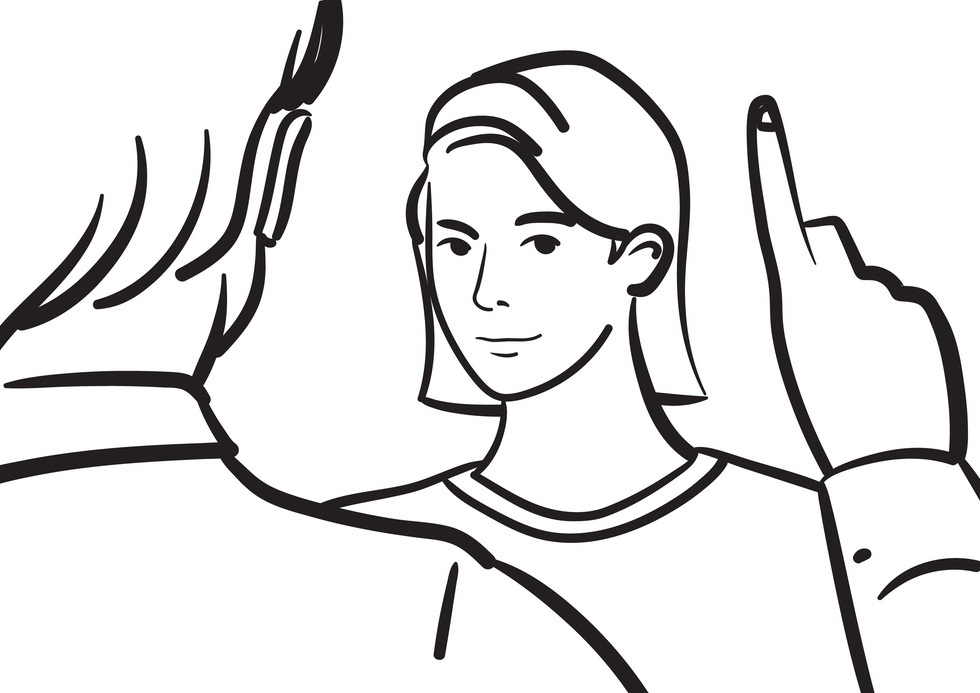Summary:
- Accelerated Resolution Therapy (ART) is a therapeutic method that uses rapid eye movements to process traumatic memories in an effort to reduce the distress they cause.
- These rapid eye movements stimulate neural pathways in the brain, which can reframe the emotional responses linked to traumatic memories. A growing body of research supports ART as a brief, safe, and effective way to deal with PTSD, depression, and other mental health concerns.
- The initial stages of ART involve an assessment, the identification of pivotal memories, and setting clear expectations for the course of therapy to follow. Each ART session typically includes recalling the distressing event, guided rapid eye movements, image replacement techniques, active therapist guidance, and a feedback period.
- ART treatment can show benefits in as few as 1-5 sessions (plus regular reassessments and possible out-of-session assignments). Therapy Utah can match you with a therapist who uses ART to help reduce the distress you experience from traumatic memories.
Accelerated Resolution Therapy (ART) is an increasingly popular therapeutic approach that has demonstrated efficacy in addressing trauma and other challenging mental health conditions. With its unique blend of established psychotherapeutic techniques and the incorporation of rapid eye movements, ART offers a promising path to healing for many. But what is the science behind this methodology, and what should you expect if you decide to try ART for yourself?
ART therapy is one of the methods we offer at Therapy Utah via our individual therapy services, so we’ve witnessed its benefits firsthand. Below, we share our knowledge of the evidence that backs ART and break down a typical session so you can gain a deeper understanding of whether this approach can work to support your mental health goals.

The Science Behind ART
Accelerated Resolution Therapy is based on the principles of memory storage and retrieval. Here’s a quick breakdown of how it works:
- ART uses rapid eye movements—similar to those we experience during the REM stage of our sleep—to reprocess traumatic memories that cause distress or other negative effects.
- Rapid eye movements stimulate neural pathways, enabling the brain to “overwrite” or reframe the negative emotions associated with those memories.
- The core facts remain, but the emotional impact and associated triggers can be adjusted.
This is not about erasing or suppressing memories; it’s about changing our relationship with them. The memories remain, but their emotional sting is reduced, making them more manageable and less intrusive.
A growing body of research validates that ART is brief, safe, and effective for treating PTSD and depression for patients of various ages. The techniques ART employs are also based on a variety of firmly established and highly reputable treatments, including:
- Exposure through Visualization: Mentally revisiting distressing events to process emotions.
- Visualized In-Vivo Exposure: Imagining real-life confrontations to reduce associated fears.
- Relaxation/Stress Inoculation Facilitated by Eye Movements: Using eye movements to relax and cope with distress.
- Re-scripting of Negative Images: Replacing traumatic memories with positive images.
- Gestalt Techniques: Techniques to promote present awareness and confront unresolved issues.

Starting ART: What to Expect in the Initial Stages
Starting any new approach can create apprehension, but knowing what to expect can make the experience more comfortable and allow you to progress efficiently. Here’s what you’ll experience when starting ART for the first time.
Intake & Assessment
The very first session is a pivotal one. Your therapist will seek to understand not just the traumatic event itself, but also its implications on your daily life. How has it affected your relationships, work, or self-worth? This comprehensive assessment allows your therapist to gauge the depth of trauma and its effects so they can plan effectively for future sessions.
Identification of Target Memories
Based on your assessment, specific memories, often referred to as “target memories,” will be identified for intervention. These are the memories that are particularly distressing for you, and which have a pronounced negative influence on your current well-being.
The aim here is not to make you relive your trauma—instead, it’s to choose the memories you and your therapist will address first. By resolving the most distressing memories initially, the hope is to provide you with palpable relief and set a positive trajectory for the rest of your experience.
Setting Expectations
Before diving into the core of ART, therapists often set clear expectations regarding the memories you’ll revisit and the intent behind doing so. This step is essential for building trust between you and your therapist—knowing you’re in a safe space is vital for facilitating therapeutic transformation and avoiding retraumatization.

The Process of an ART Session
ART is designed to achieve results quite rapidly relative to other methods—but the process is still quite detailed. Here’s what you can expect from a standard session with a trained therapist from Therapy Utah:
Recalling the Distressing Memory
Each session begins with you briefly recalling the distressing memory—focusing on the most negative or disturbing image associated with that memory. This is not to retraumatize but to set the stage for the therapeutic intervention that follows.
Guided Eye Movements
With the distressing memory at the forefront of your mind, your therapist will direct you in a series of quick and controlled eye movements. You’ll follow the therapist’s hand or another object as it moves back and forth, simulating the eye movement found in REM sleep. These movements are intended to activate the brain’s natural adaptive information processing mechanisms.
Image Replacement Techniques (IRT)
While engaged in the eye movements, your therapist will also employ several Image Replacement Techniques. Here, instead of lingering on the distressing image or memory, you’ll be guided to “replace” it with a positive or neutral image.
For example, if the distressing memory is the scene of a traumatic accident, you might be encouraged to replace it with a serene landscape or another calming image. Over time and with repetition, the brain begins to reduce the emotional intensity of the original memory, associating it more with the new, less distressing imagery.
Active Participation From Your Therapist
Your therapist will play an active role throughout each ART session. Expect them to offer verbal cues, guidance, and help ensure that you remain grounded—especially if the memory you’re there to work with is particularly distressing. Their role is to facilitate and guide the session, prioritizing your comfort while ensuring that you can still move forward and make progress.
Feedback & Evaluation
Towards the end of each session, a discussion usually ensues. This is your opportunity to offer feedback on your experience, while your therapist will evaluate the progress you’ve made in reprocessing the targeted memory. If you have any concerns, feelings, or observations, this is the time to bring them up!

The Course of ART Treatment:
Accelerated Resolution Therapy (ART) can provide quick relief, but “quick” does not mean a single session for everyone. The course of treatment will depend on your individual needs and the complexity of your traumatic experiences.
Typical Number of Sessions
On average, the benefits of ART can begin to appear within 1-5 sessions—but for complex traumas or when addressing multiple traumatic events, more sessions may be necessary. A study published in the Journal of Traumatic Stress Disorders & Treatment corroborates this, noting that many participants experienced significant symptom reduction in as few as 1-5 sessions.
Assessment & Reassessment
After the initial assessment, regular reassessments are essential to monitor progress. Your therapist will typically use standardized scales or questionnaires like the PTSD Checklist (PCL-5) or the Generalized Anxiety Disorder 7-item scale (GAD-7) to quantify symptom levels and track improvements over time.
Homework Assignments
While the in-session work is crucial, your therapist may also give you assignments to work on outside of the therapeutic space. These tasks are designed to reinforce the reprocessing work done during the sessions and often involve practices that promote relaxation, mindfulness, and cognitive reframing.
Progress Evaluation
Progress is evaluated both subjectively and objectively. On a subjective level, your feedback on how you feel, especially concerning the targeted traumatic memories, is of great importance. Objectively, your therapists will use the scales mentioned above and other clinical tools to measure symptom reduction. This helps you keep your progress in perspective and gives you data to validate your experiences.
Concluding Treatment
The end goal of ART is to reach a point where the traumatic memories no longer wield a distressing power over you. Once you and your therapist mutually agree that the therapy goals have been achieved, you’ll create a plan together for concluding your treatment. This may include strategies for maintenance, resources for further support if needed in the future, and a potential plan for periodic check-ins.
Accelerated Resolution Therapy & You: Getting Started
Now that you’re aware of the evidence behind ART and what to expect from it, you’re in a better position to explore it for yourself. With a wide range of demonstrable benefits and no serious adverse effects, ART offers a compelling pathway to a healthier mind and a more enjoyable life.
Our team at Therapy Utah can pair you with an experienced therapist who can use ART to help you address traumatic or unpleasant memories that may be holding you back. Contact us today to schedule an intake session and find the support you deserve.










